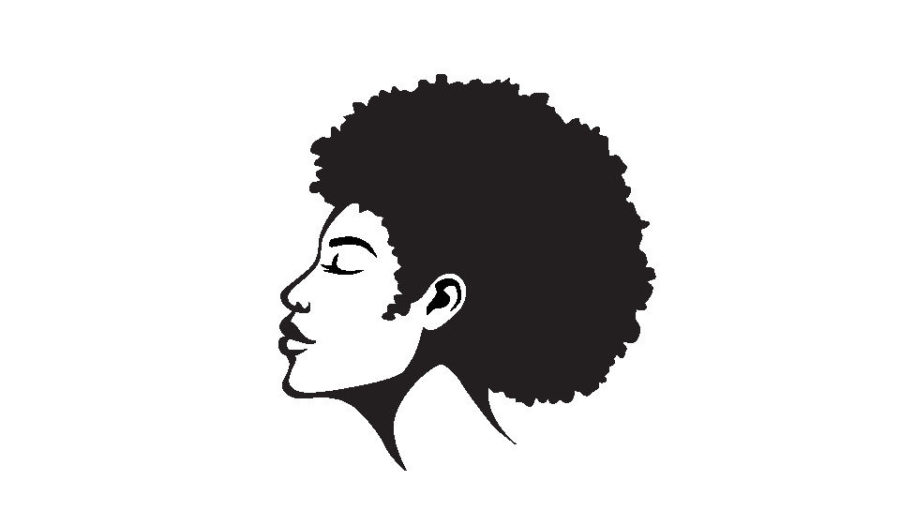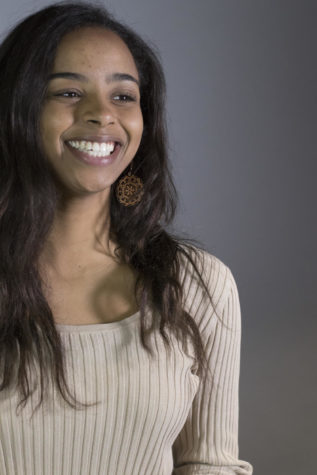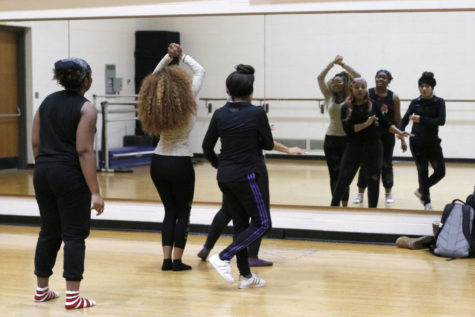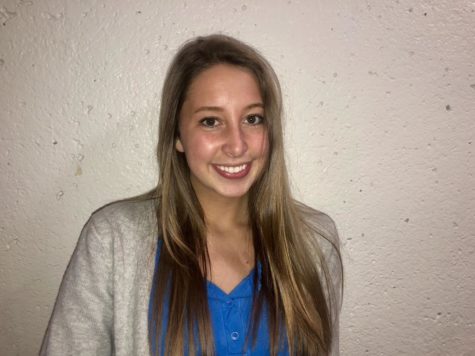More than just a strand: The culture surrounding black hair standards
February 12, 2019
Once a month, Danielle Moss gets in her car and makes the 37.5 mile drive down I-35 to Des Moines, seeking something hair-related. Sometimes it’s for small things such as a new bottle of her favorite hair oil, or for a bigger pursuit like getting her hair professionally done.
Driving the hour and a half round trip for hair care may seem like a hassle to some, but to Moss, it’s a necessity.
As a woman of color, she feels she has very few options that suit her needs here in Ames.
A quick flip through beauty or fashion magazines will reaffirm the suggestion that overall the beauty industry largely ignores their consumers of color.
Walmart, Target and Sally’s Beauty are popular retail stores in Ames that offer wide selections of black hair care products.
However, taking a closer look down these aisles shows there are brightly colored bottles of shampoo and a limited section of black hair care, which, labeled “ethnic hair,” almost segregates the hair products.
Moss, a Waterloo, Iowa native, said that coming to Ames was a “culture shock” after graduating from a high school where, she said, over half the students were of color. This meant leaving even the simplest of niceties — such as her favorite and reliable hair stylist — behind when she came to school.
When she first moved to Ames for college, Moss tested out a few local hair salons, all of which failed to meet even her lowest expectations.
“White people just don’t know what to do with black hair,” she said, frustrated. “I don’t know why that isn’t something people learn to handle when getting certified to do hair.”
Black hair differs in many ways from other hair types. Texture, thickness, moisture retention and curliness are all factors that influence the uniqueness and diversity of black hair.
Moss said depending on hair type, some styling options — including natural and protective styles and faux options like weaves and wigs — are more preferable than others.
Despite the many styles hair is worn in, black hair has always been political. Jazzmine Brooks, program coordinator in student wellness and director of Green Dot, is a woman of color who chooses to wear her hair naturally in locks. Brooks said she knows that she can be turned down and is legally discriminated against when applying for jobs, simply because of the way she wears her hair.
For the past five to six years, Brooks has sported her natural hairstyle, which is also known as dreadlocks or dreads, depending on whom you ask within the community.
Due to the historical racism and continued misunderstanding surrounding the hairstyle, Brooks said she prefers to call the style “locks.”
Brooks said her upkeep requires adding oils, fragrances and moisture routinely to her hair to maintain its health.
While Brooks’ natural look has tremendously cut down on time and money spent on hair care, she has faced many of the negative stereotypes regarding people with locked hair.
“People seem to think it’s smelly or dirty,” Brooks said of the inaccurate perceptions which harm the culture and identity of her community.
Although she wears her hair naturally, Brooks is against the misconception that people of color don’t appreciate their culture when choosing hairstyles that cater to Western beauty standards, such as wigs and weaves. Instead, Brooks said she believes hair is dependent on one’s personal style.
Similarly, Oluwatobiloba Fagbule, senior in pre-architecture and an international student from Nigeria, says her hairstyle is a way of expressing herself, noting that her preferences for wearing her hair haven’t changed since coming to the United States for school.
“My culture is a big part of my hair that also impacts what I choose to do with it,” Fagbule said.
Fagbule said she embraced herself for her decision to go from long braids with bright colors weaved in to a dark, navy wig, and then back to her natural roots. However, this decision has been matched with questions, leaving Fagbule annoyed.
“People are always confused; some that I’ve met before always ask if they know me ‘cause of my new hair,’” Fagbule said. “It’s gotten to the point that I don’t care about the comments. They used to be so annoying.”
At times when Brooks has switched up her look, she’s also faced questions regarding her appearance.
“As a black woman, my hair changes often. The comments like, ‘How did your hair grow so fast?’ are so frustrating,” Brooks said.
Besides the annoying questions, people of color are also all too accustomed to complete strangers touching, reaching for and even pulling their hair. Fagbule recalls a number of bad experiences where people have touched her hair without permission.
“It’s to the point where I move my head away to avoid curious hands,” Fagbule said.
Brooks said she sees it as an invasion of her privacy when people choose to touch her hair.
“It’s the shock of someone touching you that you don’t know. It’s breaking a boundary,” Brooks said.
Brooks said she is aware the prodding comes from a place of curiosity.
“I feel like I have to be nice and respond, and if I don’t, I get a lot of anger [in response],” Brooks said. “I have the right not to want to talk about it and you don’t have the right to touch me.”
While these actions are referred to as microaggressions, or unintended forms of racism, many see their curiosity coming from a good place.
“As a white man, no one asks ‘Can I touch your hair?’ so why would you ask me?” Moss said.
For many people, hair is a part of their identity, a creative expression of who they are.
For the black community, that identity is especially important. Hair can be used as a means to proudly proclaim one’s culture or to make a bold statement.















